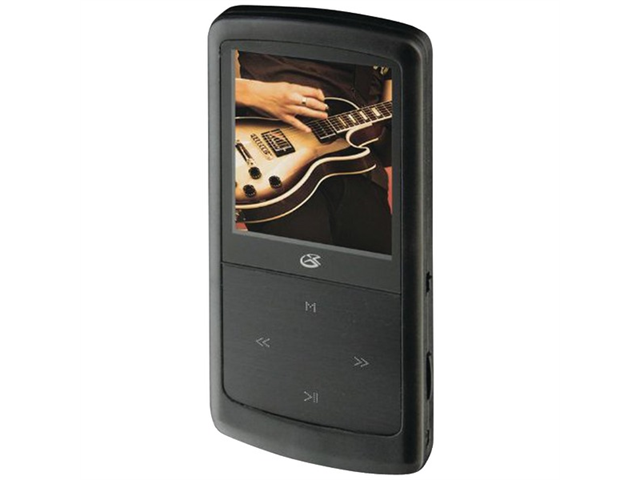Download and install MP3 Player Drivers How Do I Install Driver updates? To fix your Drivers problems you will need to know the particular model of the MP3 Player device you are having problems with. Once you have the details you can search the MP3 Player Manufacturers website for your drivers and, if available, download and install these audio. SOURCE: gpx mp3 player downloads i dont know the exact model. But there should be a usb cable that came with it. You should then plug the usb cable into the mp3 player and then plug it into the usb port on your computer. At which point on your computer it should have a popup notification recognizing a expansion drive. Such as C: would be your hard drive and D: your cd/dvd rom. Open the newly.
Several factors can prevent Windows from recognizing your portable device.
If the version of Windows installed on your computer doesn't recognize your portable music player, or any other USB gadget for that matter, it could be as simple as a corrupt or missing device driver. If this is the case, it can usually be resolved by reinstalling or updating the driver. Sometimes connection problems that aren't driver-related can be fixed by upgrading your portable's firmware, particularly if you have an older device that has known issues in this area.
Identifying the Likely Problem
When you connect a new MP3 player and Windows doesn't recognize it, one of the first things to check is whether it's compatible with the version of Windows installed on your computer. You can find this information in the documentation that came with it or use the manufacturer's website to look up your model.
If you find that it is compatible with your version of Windows, then the problem is most likely the driver. If your MP3 player worked on an earlier version of Windows, but not on the recent version, the driver is almost certainly the culprit. Check for a possible driver on the manufacturer's website. While you are there, see if there is a firmware update that might fix this problem.
You can also check to see if there is an unknown device in Windows, which is a good indicator that you need the correct driver.
Check for Unknown Device in Windows
Right-click the Start button then select Device Manager from the pop-up list.
Scan the list of devices. Check to see if an unknown device is displayed. An unknown device will feature a small warning triangle overlaying the device-type icon.
If Windows thinks a device is broken or non-responsive, you'll see a red icon overlay, instead.
If you discover a warning, install the correct driver before updating by right-clicking the unknown device. You may also find that you must install the manufacturer's software to ensure that the correct drivers load.
Update Windows
Make sure your version of Windows is up-to-date. Ensuring your operating system remains current with application and security patches can sometimes fix a compatibility problem.
Free Gpx Mp3 Player Driver Download
Open Settings > Update & Security and press Check for updates to verify that your Windows 10 computer is fully patched. If it isn't, install the recommended packages then, if necessary, reboot your computer.
Try a Different USB Mode
Try setting the portable player to use a different USB mode if the unit supports it:

Gpx Mp3 Player Downloading Music
Disconnect your portable from the computer.
Look in your portable's settings to see if you can select another USB mode — such as MTP mode.
Connect the portable again to your computer to see if it is recognized.
Tweak USB Power Management
Tweak the USB power management option using Device Manager:
Right-click the Start button then select Device Manager from the pop-up list.
Look in the Universal Serial Bus Controllers section by clicking the + next to it.
Double-click on the first USB Root Hub entry in the list. Click on the Power Management tab.
Clear the box next to the Allow the computer to turn off this device to save power option. Click OK.
Repeat Steps 4 and 5 until all the USB Root Hub entries have been configured.
Restart Windows and try to sync your portable again.